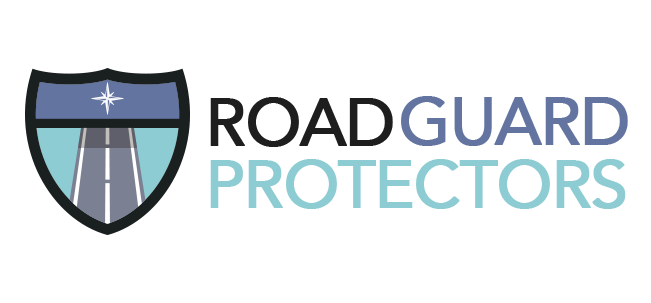Driving is an activity that requires constant vigilance and proactive decision-making to ensure safety on the road. Defensive driving techniques empower motorists to anticipate potential hazards, react appropriately to adverse conditions, and minimize the risk of accidents. By adopting defensive driving habits, drivers can not only protect themselves and their passengers but also reduce the likelihood of filing insurance claims. In this article, we’ll delve into effective defensive driving techniques aimed at mitigating risks and preventing accidents.
1. Stay Alert and Focused: Maintaining focus and awareness of your surroundings is paramount to defensive driving. Avoid distractions such as texting, eating, or adjusting electronic devices while driving. Keep your eyes on the road, scan for potential hazards, and anticipate the actions of other motorists, pedestrians, and cyclists.
2. Maintain a Safe Following Distance: Maintaining a safe following distance, also known as the two-second rule, allows for adequate reaction time in case of sudden stops or emergencies. Keep a distance of at least two seconds behind the vehicle in front of you under normal driving conditions, and increase the following distance in adverse weather or road conditions.
3. Anticipate Potential Hazards: Anticipating potential hazards and preemptively adjusting your driving behavior can help prevent accidents. Be mindful of intersections, blind spots, merging lanes, and pedestrian crossings. Scan the road ahead for hazards such as debris, potholes, or animals, and adjust your speed and position accordingly.
4. Use Defensive Maneuvers: Defensive driving involves employing proactive maneuvers to avoid collisions and navigate challenging situations safely. Techniques such as braking gradually, signaling early, and using your horn to alert other drivers can help prevent accidents. Always yield the right of way and be prepared to yield to aggressive or reckless drivers to avoid escalating conflicts.
5. Obey Traffic Laws and Signs: Adhering to traffic laws and signs is essential for safe driving and preventing accidents. Obey speed limits, stop signs, traffic signals, and other regulatory signs. Yield to pedestrians in crosswalks, use turn signals to indicate your intentions, and refrain from aggressive driving behaviors such as tailgating or excessive speeding.
6. Practice Defensive Parking: Defensive driving extends beyond the road to parking lots and garages. When parking, choose well-lit areas, park away from other vehicles to minimize the risk of door dings and scratches, and be mindful of pedestrians and other vehicles when maneuvering in tight spaces.
7. Stay Calm and Patient: Maintaining a calm and patient demeanor behind the wheel is essential for defensive driving. Avoid road rage or aggressive behaviors in response to provocation from other drivers. If confronted with aggressive or reckless drivers, disengage and focus on safely reaching your destination.

